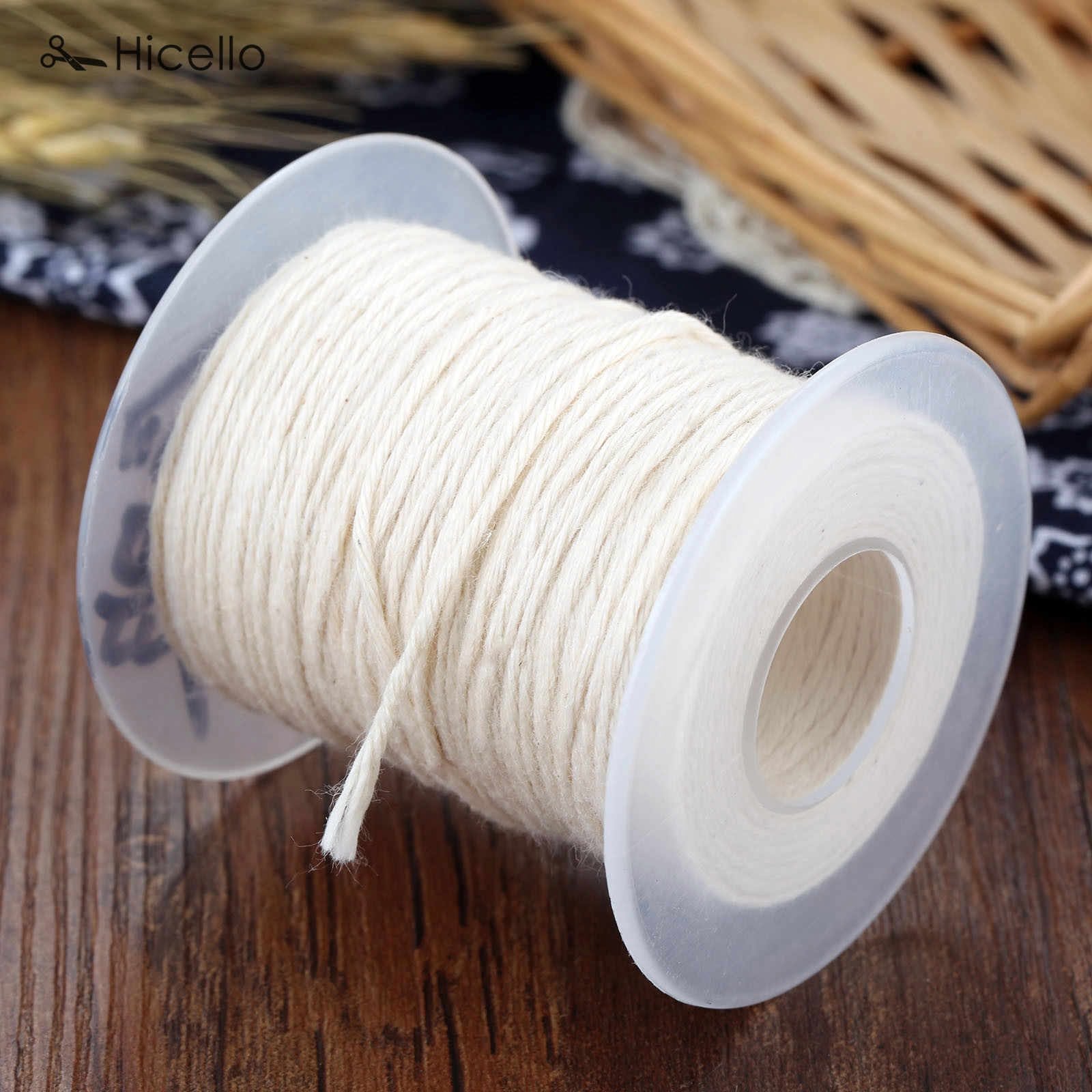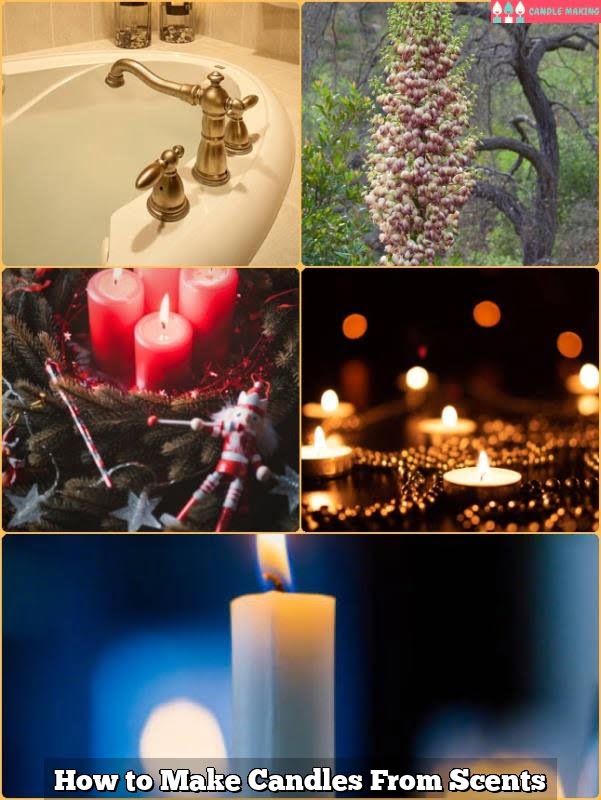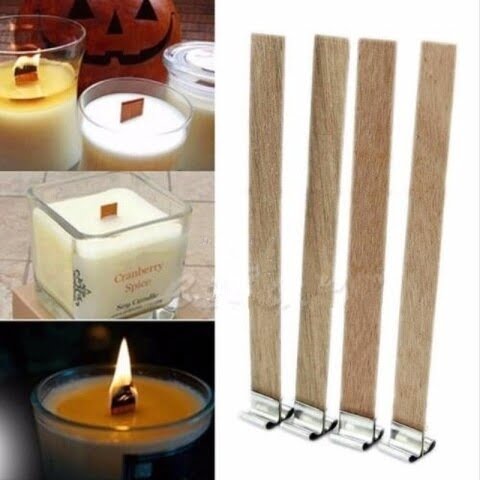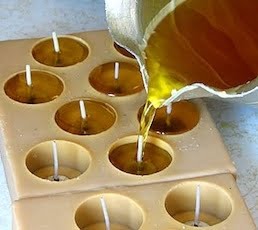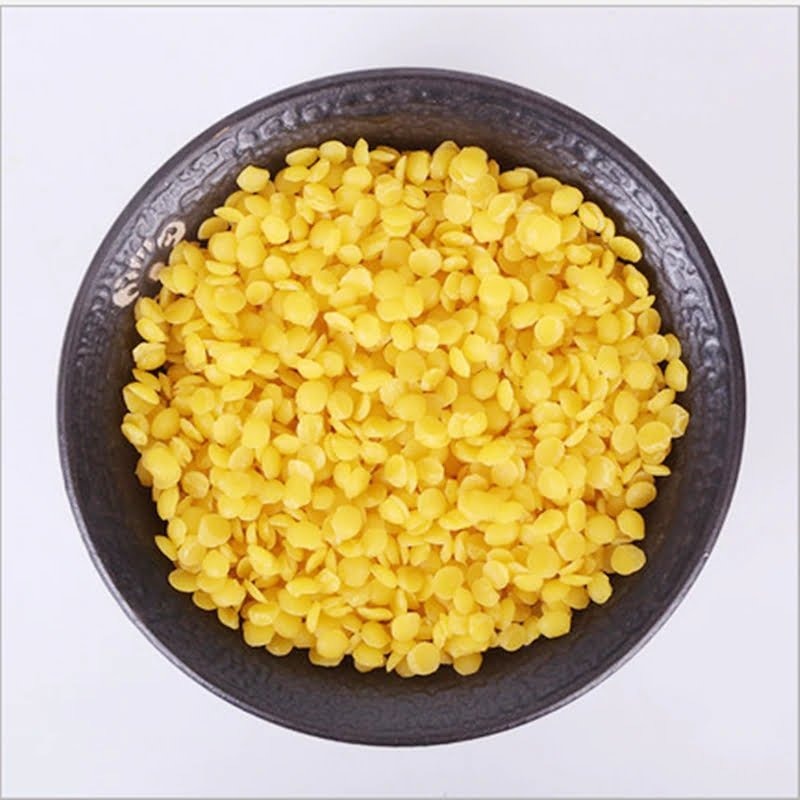Introduction
Making your own perfume or cologne can be a fun and creative way to express yourself. With emerging trends in this field, it has become easier than ever to design your own signature scent. In addition, many readily available kits provide everything you need to make beautiful scents in the comfort of your own home. Whether you’re new to the process or a seasoned specialist, follow these steps for learning how to make scents.
First, you’ll want to learn the basics of fragrance composition. To do this, understand that all perfumes and colognes contain 3 primary ingredients: top notes, middle notes and base notes. Top notes are responsible for providing an instantaneous burst of scent upon application, while base notes serve as a long-lasting foundation that helps to set your fragrance apart from others. Additionally; Middle notes play the role of balancing out the top and base layers of your blend by adding complexity and depth to the blend.
Second, identify what kind of scent profile you want for your fragrance. Are you aiming for something floral and delicate? Or do you prefer a musky aroma with spice undertones? Brainstorming ideas and doing research on popular fragrances can help narrow down some potential recipes before investing in materials.
Thirdly, research different techniques for creating scents by experimenting with oils and ratios until you get something that works for you. Popular techniques include layering multiple oils together one at a time; blending mixtures before applying them; diluting pure essential oils with water-based liquid carriers like alcohol or witch hazel; or distilling oils such as woodchips into concentrated essence extracts like absolutes and resins. Finally, package up your creation by choosing an appropriate vessel such as an amber glass bottle or even a wooden box depending on what look you’re going after!
Essential Oils
When it comes to making scents, there are two main types of essential oils that you should consider. The first type is known as a carrier oil, which is a fixed oil like almond, grapeseed or jojoba that helps dilute the more concentrated extract from herbs and plants to help create a gentler effect on the skin. These can also be blended with other essential oils to make unique fragrances for specific reasons such as relaxation or energizing.
The second type of essential oil is known as an absolute oil, which is derived directly from the plant itself through extraction processes such as cold pressing and steam distillation. Absolutes have a much more intense scent concentration than their natural perfume counterparts, allowing them to create extracts with strong aromas. They are also used in aroma-therapeutic products since they contain numerous helpful therapeutic properties.
Before selecting your desired aroma, you should take into account things such as your skin type, allergies and any medical issues that could be affected by aromatherapy products. You’ll also want to read up on any safety advice surrounding the use of particular essential oils and follow all guidelines before starting use of any product containing them. To ensure you get the maximum benefits from your chosen scent blend you may want to purchase high quality organic materials where possible as these will often produce greater results than conventional options.
Fragrance Formulation Basics
Creating scents from essential oils, fragrant herbs and flowers, or synthetic chemicals is an art form and a science in itself. Through the process of fragrance formulation, perfumers create complex and layered aromas that capture the imagination and spark emotion.
Fragrance formulation occurs when different aroma components are blended together to achieve a desired scent. Aroma components can be natural, such as those derived from plants, animals, or other sources, or synthetic ingredients created in a laboratory setting. Each aroma component has their own unique characteristics and contributes to the overall complexity and appeal of the finished fragrance.
When a perfumer is designing a fragrance they will start by selecting which essential oils, aromatic compounds or raw materials to include in order to construct the foundation of the scent. They may also decide to include solvents that help blending each note evenly into the formula. Once these ingredients have been chosen it’s then time to determine how much of each should be used to achieve the desired concentration strength and intensity in the finished product. This requires careful calculation and accurate measurement for optimal results.
To refine the overall character of the fragrance, various ingredients can be added, including fixatives (used to help maintain a scent’s longevity), accelerators (used to speed up the drying down), modifiers (used to alter Smell), softeners (used for smoothing out sharpness) diluents (help reduce costs because they dilute costly essential oils). Finally solubilizers are added so that all fragrances remain suspended correctly in all types of products such as lotions, creams or sprays without separating once applied onto skin surfaces.
Tips & Tricks
Creating your own unique scent is a fun and rewarding activity. With the right tools and knowledge, creating a personal scent can be easy and enjoyable. Here are some tips to help you get started with blending scents!
1. Make sure you start with high-quality ingredients: Quality matters when creating something as important as a personal scent! Make sure you use natural botanical oils that are 100% pure and free of any synthetic fragrances or additives.
2. Start by gathering the essential oils you want to use in your blend: Begin by looking at each essential oil’s individual aroma then select which ones will work well together. Be creative in picking out different scents for your base, middle, and top notes.
3. Experiment: Have fun with it and don’t be afraid to mix them up until you find the perfect combination for your nose. You can experiment with different proportions to see what smell best together, or even add other elements such as absolutes and essential waxes for additional depth of aroma.
4. Dilute with carrier oils: After finding the right combination of scents, dilute them using carrier oils before storing them in bottles or vials so they will last longer and not evaporate quickly. Popular carrier oils are coconut oil and sweet almond oil, but there are other options as well such as grapeseed oil and jojoba oil depending on what suits your preference best.
5. Store your blend in small containers or dark glass bottles: To preserve the quality of your sample blend, store it in dark glass bottles away from direct sunlight or excessive heat. Small samples are also useful for testing out your creation before investing in larger quantities – this also eliminates waste if you find out that it’s not exactly how you hoped it would be when finished!
Crafting an Organic and Safe Fragrance
Creating an organic and safe fragrance requires careful consideration. First, as with any scent, research the ingredients and find out safety information and how they interact with other scents. Also, it’s important to take note of natural oils available such as essential oils. These are plant-based oils that are highly concentrated and can offer unique aromatic notes to a scent. Once desired components have been established, the process of combining them together and testing in small batches is recommended. Additionally, fragrance notes should be blended in layers and adjust them accordingly based on the result obtained from each testing session. Furthermore, if further adjustment is needed use smaller measurements in order to retain the base structure of the scent and avoid drastic changes or unwanted results. Finally, once a balanced final product is determined let time pass as scents usually develop with time over several days or weeks before making a judgement call regarding its quality. Overall crafting an organic and safe fragrance requires patience but can yield great results when done carefully.
Testing Your Creation
When you’ve finished creating your scent mixture, it’s essential to test it properly. The last thing you want is to put a bunch of work into something that doesn’t work in the end. One way to test the scent is by sniffing it often. As you inhale, focus on noticing any changes in the aroma or lasting effects over time as some oils can be more noticeable for longer than others. Make sure you are taking adequate time between testing sessions so have a steady understanding of how the scent has changed throughout making and aging process.
You may also consider recruiting some friends or family members to act as testers and provide an additional set of opinions and observations that could be valuable when creating a scent blend. Before offering samples to general public, make sure all testers agree with its safety and quality. If your testers note any difference in smell or intensity during testing process emphasize experimenting with different types of bases and carrier oils without altering the core ingredient list too much until desired results are achieved. Finally, store product safely away from heat sources as oils can unintentionally change composition if not kept cool and out of direct sunlight.
Storing Your Fragrance
Having an affinity for fragrant smells can be both pleasurable and beneficial to your wellness. You can further enjoy your olfactive experience by knowing how to properly store and optimize the life of your fragrance.
When storing a bottle of perfume or cologne, it’s important to keep its scent intact for as long as possible. This means avoiding exposure to ultraviolet light, rapid temperature changes, and adverse climatic conditions such as humidity. To do this, you should keep the bottle away from sources of direct sunlight and make sure it is enclosed in an opaque box that prevents any exposure to light. Also make sure to avoid extreme temperature fluctuations by keeping the area where you store your perfumes consistently at room temperature. You can also use silica gel packets or desiccants placed inside the storage container or package to absorb any excessive moisture that may damage its longevity over time.
Fragrances are made using complex proprietary formulas as wide-ranging and precious ingredients are blended together into a singular scent expression; with proper care, you can help make sure that its original characteristics last longer. Taking extra precautions with how you store your perfumes helps preserve their unique fragrances from breakdown due to exposure from outside elements.
Finishing Touches
Once you have finished mixing and attempting to perfect the scent of your homemade fragrance, the fun part begins. The art of stylizing your creation is something many DIYers love to explore. From choosing unique containers for packaging to designing custom labels, there are lots of ways you can customize your scents and make them truly stand out.
To start with, numerous packaging options exist for homemade fragrances. You may want to embrace the classic perfume bottle look and buy transparent glass spray bottles; these are both timeless and eye-catching. Alternatively, a more modern approach might be to opt for aluminum canisters that give off an industrial vibe. Whichever container you choose, remember it will be housing your creation”it’s an essential building block in making your fragrance unique.
On top of this, consider upping the aesthetic factor even further with personalized labels and tags featuring customized artwork or branding and including details like scent type, ingredients used to create the fragrance, and anything else that needs stating on the label itself. Ultimately, no matter what words you decide on using”the goal is to make sure they draw people in visually while offering helpful information about each scent blend.
Conclusion
Once you’ve created your own unique scent, it’s time to reap the rewards! Begin by gently experimenting with how your scent can bring an extra layer of emotion and meaning to everyday life. You can infuse areas of your home or office with your scent for a pleasant atmosphere, wear it as a personal fragrance, and even package it up for presents or favors. You now know the science behind scent-making, plus which materials work best for achieving a specific effect. So go out there and safely express yourself aromatically with the scents of your own creation!

Welcome to my candle making blog! In this blog, I will be sharing my tips and tricks for making candles. I will also be sharing some of my favorite recipes.

